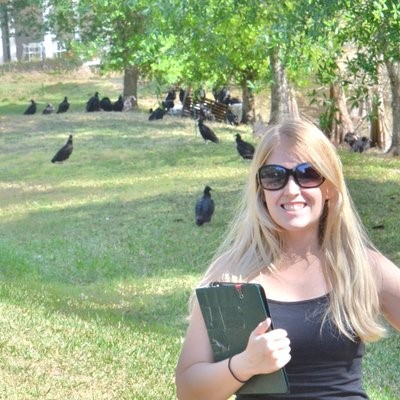 The British Ornithologists’ Union Twitter Conference (#BOU17TC) was the first ever general ornithology Twitter conference. Twitter conferences are becoming increasingly popular as they are both a low carbon and cost-free way for researchers from around the world to come together to share their research. Betsy Evans, a graduate student in Dr. Dale Gawlik’s laboratory, presented her research on Wood Stork dietary flexibility in response to human-induced rapid environmental change.
The British Ornithologists’ Union Twitter Conference (#BOU17TC) was the first ever general ornithology Twitter conference. Twitter conferences are becoming increasingly popular as they are both a low carbon and cost-free way for researchers from around the world to come together to share their research. Betsy Evans, a graduate student in Dr. Dale Gawlik’s laboratory, presented her research on Wood Stork dietary flexibility in response to human-induced rapid environmental change.
Evans's abstract: " Dietary plasticity of a threatened species in response to human-induced rapid environmental change (HIREC)." Wood Stork population declines have been attributed to HIREC. In Florida, humans have disrupted water level fluctuations in natural wetlands and created anthropogenic water bodies. To investigate stork response to HIREC, we sampled prey availability in anthropogenic and natural wetlands. To determine prey selection by storks, we compared food boluses collected from nestlings to available prey in wetlands. Storks selected prey that were more similar to exotic fishes in anthropogenic wetlands than to the smaller, native fishes in natural wetlands. Storks exhibited plasticity in foraging habitat and prey selection that may allow them to adapt to HIREC.
To see more about Evan's role the social media ornithology conference, check out the topics she discussed:
Human Induced Rapid Environmental Change
How have Wood Storks responded to HIREC?
Measuring the dietary response of Wood Storks to HIREC
When compared to historic diet studies, we see a dietary shift to include exotic and larger fish